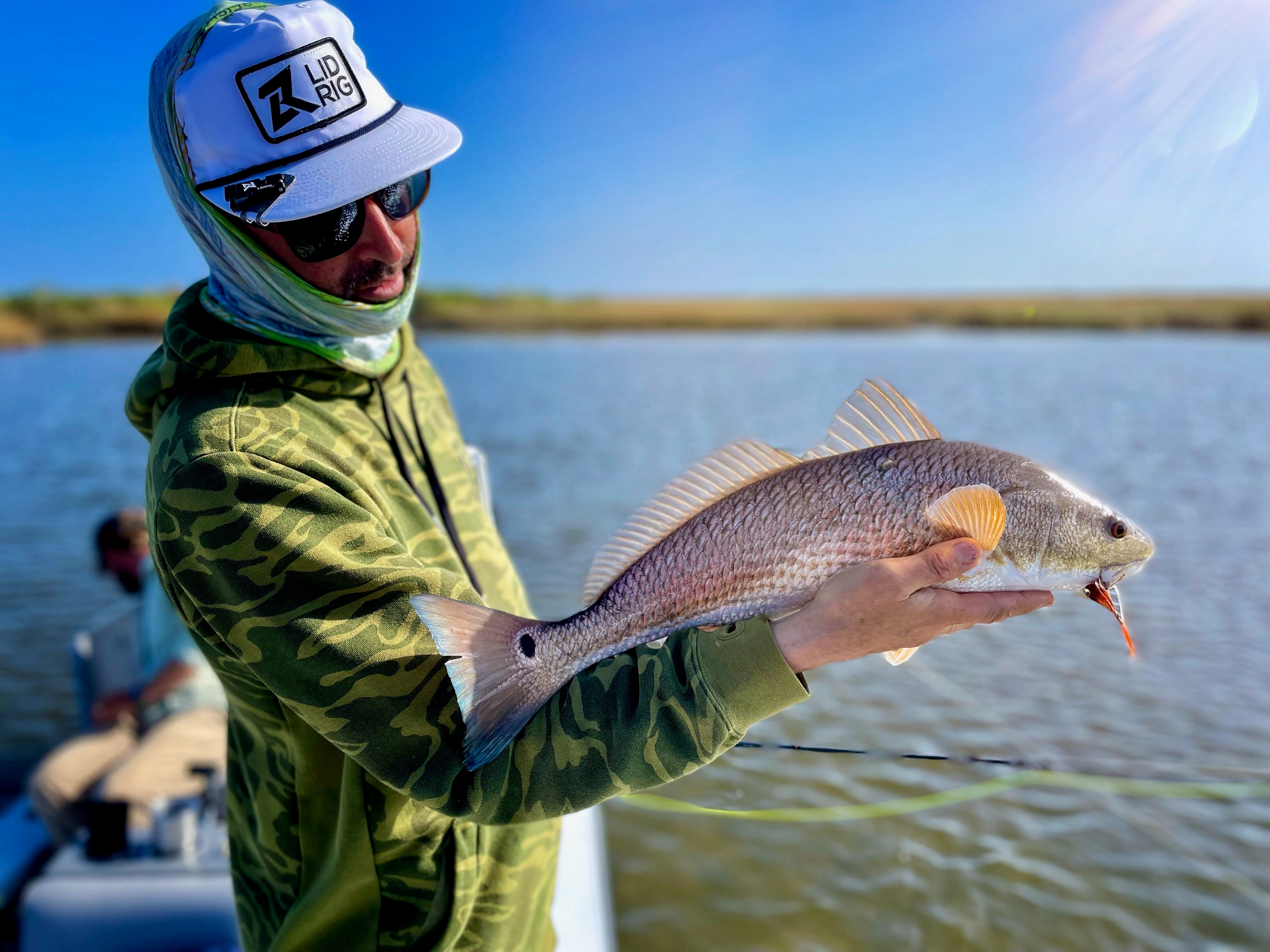Continental land masses can significantly affect tides and tidal ranges due to their size, shape, and position relative to the oceans. When you start thinking about the various characteristics of a land mass it's easy to imagine that the mass can alter a tide. In addition to mass, it is often the topography that can give you clues. Of course, there are many elements but here are a few to keep in mind when researching an area and defining where your locational goals may be.
Size and Shape of the Land Mass: Large continents can act as barriers that block or redirect the flow of the tidal bulge (the wave of water created by the gravitational pull of the moon and sun). This can lead to higher tides on the edges of the continents. The shape of the coastline and the contour of the seabed near the land can amplify or diminish tidal ranges. For example, funnel-shaped bays or estuaries can significantly amplify the height of tides. The Bay of Fundy in Canada, known for some of the highest tides in the world, is a classic example of this.
Position of the Continent: The location of a continent in relation to the moon's orbit also plays a role. The tidal force is strongest along the lines of latitude that are directly under the moon. Therefore, continents located along these lines may experience more pronounced tidal effects. Continents closer to the poles may experience different tidal patterns due to the angle of the moon's pull and the distribution of land and water at these latitudes.
Interaction with Other Land Masses: The proximity of one land mass to another can also affect tides. For instance, the presence of nearby islands or other continents can alter tidal patterns, either by blocking the flow of water or by creating complex interactions that change the timing and height of tides.
Basin Resonance: In some cases, the natural frequency of a sea basin (its tendency to oscillate at a particular rate) can coincide with the frequency of the incoming tidal forces. This resonance can dramatically increase the tidal range. The North Sea, for example, experiences higher tides partly due to this effect.
Ocean Currents and Gyres: Large-scale ocean currents and gyres (large systems of circulating ocean currents) can interact with continental land masses, affecting tidal patterns and ranges. These currents can either enhance or counteract the tidal movements.
Continental land masses, through these mechanisms, play a critical role in shaping the tidal patterns and ranges experienced along their coastlines. These effects explain why tidal ranges can vary so dramatically from one place to another, even over relatively short distances. For activities like coastal planning, navigation, and fishing, understanding the local tidal effects influenced by continental land masses is essential.
***Do you want to get deals on equipment, fly fishing trips, and lots of information? Become a member of the Loyalty Club on the Fly Fishing Insider Podcast.

By Christian Bacasa
Host of the Fly Fishing Insider Podcast
Fly Fishing Insider Podcast Official Website
Instagram Fly Fishing Insider Podcast
Instagram Dupeafish
Facebook
Pinterest
Twitter
LinkedIn
Tumblr






